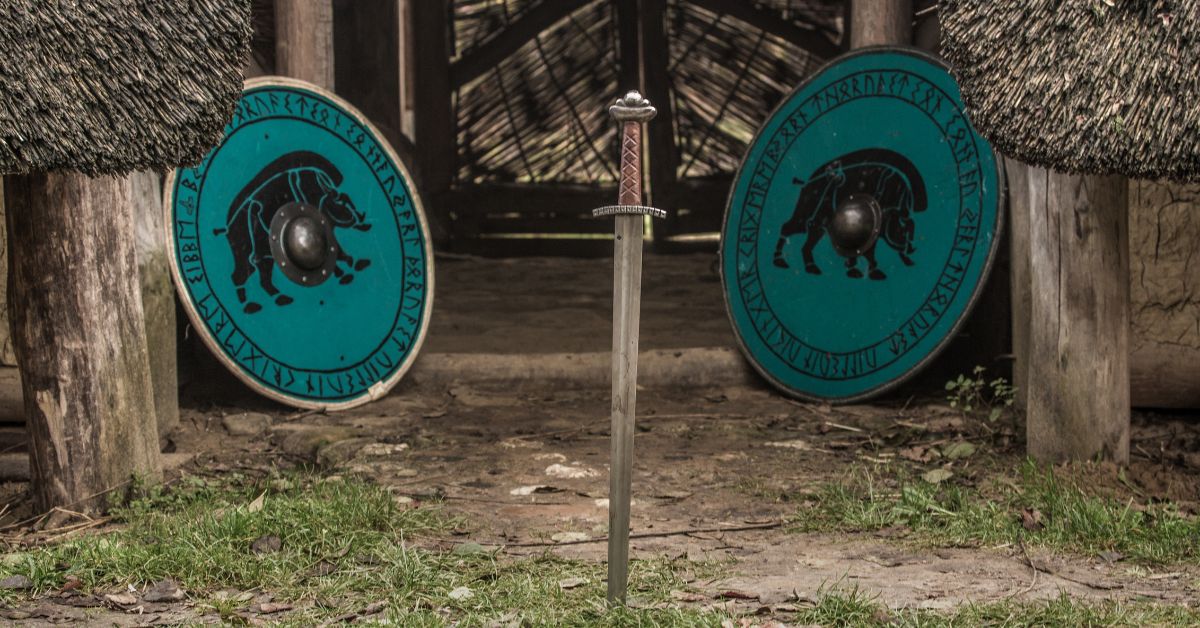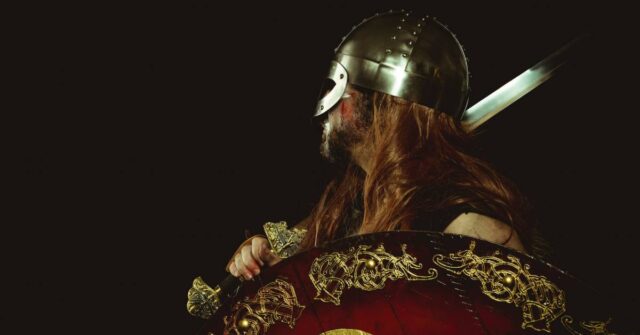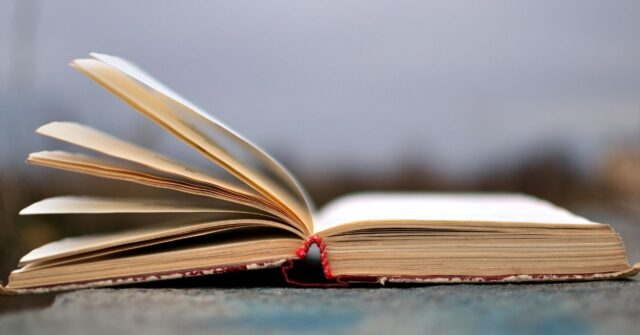Artifacts from past civilizations tell us a great deal about their daily lives, technology, and craftsmanship.
This study examines the differences in durability between wooden and metal artifacts, focusing on the choices made by previous generations and the reasons behind them.
Introduction
Artifacts made from wood and metal have provided invaluable insights into ancient cultures.
By comparing the durability of these materials, we can understand why different civilizations preferred one over the other for certain applications.
The Importance of Material Choice in Historical Artifacts
The materials chosen for artifacts were not random; they were selected based on availability, functionality, and the environmental conditions of the time.
Examining these choices helps us appreciate the ingenuity of past civilizations.
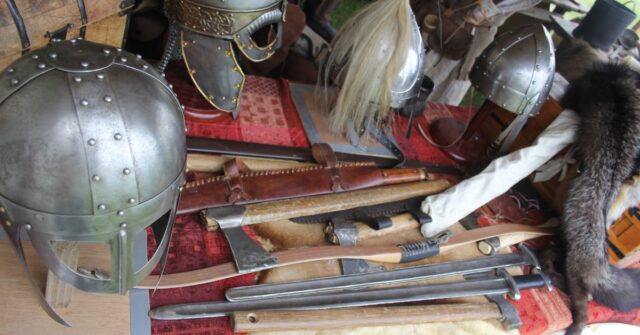
Historical Context: Wood and Metal in Ancient Times
Throughout history, both wood and metal have played crucial roles. Wood was often used for tools, structures, and everyday items due to its abundance and ease of use.
Metal, prized for its strength and durability, was commonly used for weapons, armor, and high-value objects.
Durability Comparison
Durability is a critical factor in the survival of artifacts. This section explores the different aspects of durability for wood and metal artifacts.
Factors Affecting Durability
Several factors influence the durability of wooden and metal artifacts, including resistance to moisture, impact, and general wear and tear.
Moisture Resistance
Wood is highly susceptible to moisture, which can cause swelling, warping, and rot. Ancient wooden artifacts often suffer from these issues unless preserved in exceptionally dry conditions.
Metal, while more resistant to moisture, can rust if not protected, especially in humid environments.
Impact Resistance
Metal artifacts generally withstand impact better than wooden ones. Wood can dent and crack under pressure, whereas metal, especially iron and bronze, is more resilient.
This makes metal the preferred choice for tools and weapons.
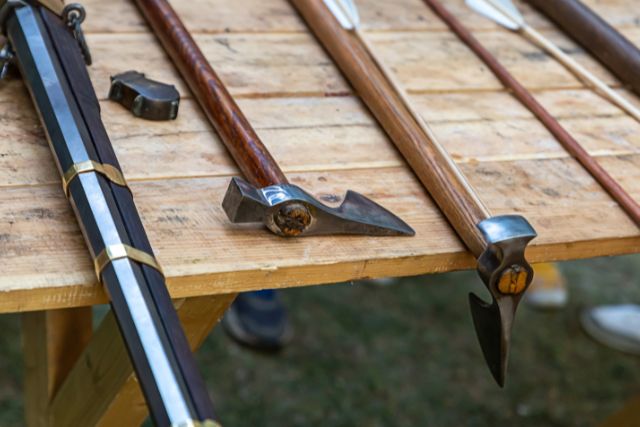
Longevity
Properly maintained wooden artifacts can last for centuries, but they are vulnerable to environmental damage.
Metal artifacts, particularly those made from durable alloys, can survive millennia, provided they are protected from corrosion.
Wooden Artifacts
Wooden artifacts offer a unique glimpse into the everyday lives of ancient peoples, showcasing their craftsmanship and resourcefulness.
Strengths and Weaknesses
Wood’s strength lies in its flexibility and workability, making it ideal for a wide range of applications.
However, its susceptibility to environmental damage and biological decay poses significant challenges for preservation.
Examples from Ancient History
Wooden structures, tools, and artworks from ancient Egypt and Greece demonstrate the versatility and importance of wood.
Viking longships, constructed from oak, highlight wood’s durability and resilience in marine environments.
Metal Artifacts
Metal artifacts, often associated with power and status, provide valuable insights into the technological advancements of ancient civilizations.
Strengths and Weaknesses
Metal’s primary strengths are its durability and resistance to wear and tear. However, metals like iron can corrode if not properly maintained, and some metals are heavy and difficult to work with.
Examples from Ancient History
Bronze and iron tools and weapons from the Roman and Greek eras showcase the durability and strength of metal. These artifacts have survived for millennia, providing rich historical data.
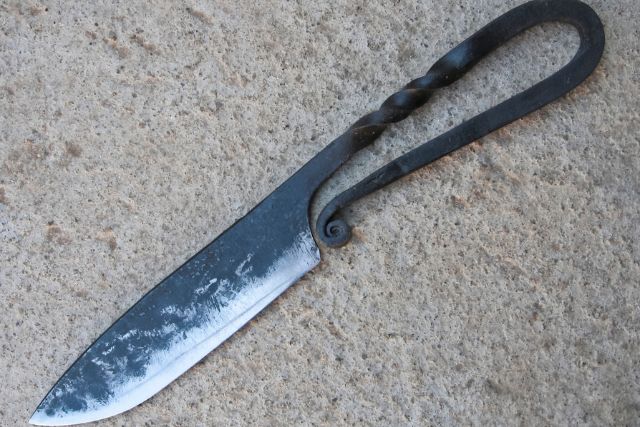
Maintenance and Care
The preservation of wooden and metal artifacts requires specific maintenance practices to prevent deterioration and ensure longevity.
Maintaining Wooden Artifacts
Wooden artifacts need regular care to protect them from moisture, UV damage, and physical wear.
Preventing Moisture Damage
To prevent moisture damage, wooden artifacts should be kept in controlled environments and treated with sealants or finishes that protect against humidity and water.
Protecting Against UV Damage
UV rays can cause wood to fade and weaken. Applying UV-resistant coatings and storing artifacts away from direct sunlight can mitigate this damage.
Regular Cleaning and Polishing
Cleaning wooden artifacts with gentle, non-abrasive materials helps maintain their appearance and structural integrity. Polishing with suitable products can protect the wood and enhance its natural beauty.
Maintaining Metal Artifacts
Metal artifacts generally require less maintenance but still need protection from corrosion and physical damage.
Preventing Rust and Corrosion
Metal artifacts should be kept dry and coated with protective finishes to prevent rust. Regular inspections and maintenance of these coatings are essential to prevent corrosion.
Regular Cleaning and Care
Regular cleaning with soft cloths and appropriate cleaning agents helps maintain the appearance of metal artifacts. Avoiding abrasive materials prevents scratching and damage.
Dealing with Dents and Scratches
Dents and scratches in metal can often be repaired through buffing or welding. Prompt attention to these issues prevents further deterioration.
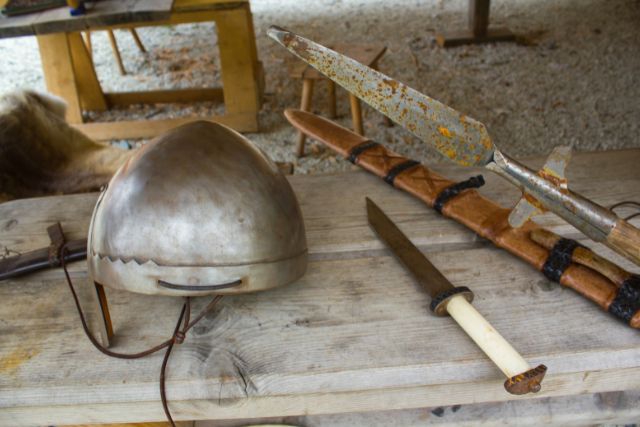
Environmental Considerations
The environmental impact of using wood and metal for artifacts is an important factor to consider, particularly in the context of sustainability.
Sustainability of Wood
Wood is a renewable resource, but its sustainability depends on responsible sourcing and management of forests.
Responsible Sourcing and Certifications
Choosing wood from certified sources, such as those accredited by the Forest Stewardship Council (FSC), ensures that it is harvested responsibly and sustainably.
Reclaimed Wood and Recycling
Using reclaimed wood reduces the need for new timber and minimizes waste. This practice supports environmental sustainability and offers unique aesthetic qualities.
Sustainability of Metal
Metal is highly recyclable, contributing to its sustainability, though the production process can be energy-intensive.
Recycling and Repurposing Metal
Metal can be recycled indefinitely without losing its properties, making it a sustainable choice when proper recycling practices are followed.
Energy Consumption in Manufacturing
The production of metal requires significant energy, impacting its overall environmental footprint. Using recycled metal helps reduce this energy consumption.
Aesthetic and Functional Aspects
The aesthetic appeal and functional qualities of wooden and metal artifacts vary, influencing their use and preservation.
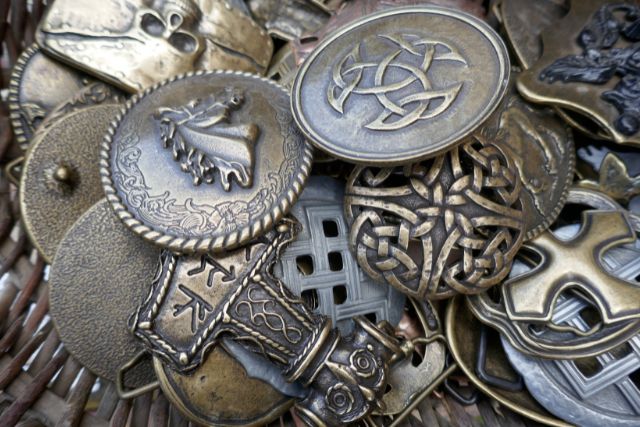
The Timeless Appeal of Wooden Artifacts
Wood has a natural warmth and beauty that has been valued for centuries, fitting well with both traditional and modern designs.
Customization and Personalization
Wood can be easily customized through carving, staining, and painting, allowing for personal expression and adaptation to various styles and preferences.
Blending with Traditional Designs
Wooden artifacts blend seamlessly with traditional designs, adding a touch of rustic charm. Their natural grain and texture enhance the visual appeal of any setting.
The Modern Appeal of Metal Artifacts
Metal offers a sleek, modern look that complements contemporary designs, providing a contrast to other materials and adding a touch of modernity to the space.
Customization Options
Metal can be customized with different finishes and colors, offering a wide range of design options from industrial to elegant.
Compatibility with Contemporary Designs
Metal artifacts fit well with modern interiors, enhancing the overall aesthetic with their clean lines and reflective surfaces.
Cost Considerations
Cost is an important factor when choosing between wooden and metal artifacts, considering both initial expenses and long-term investment.
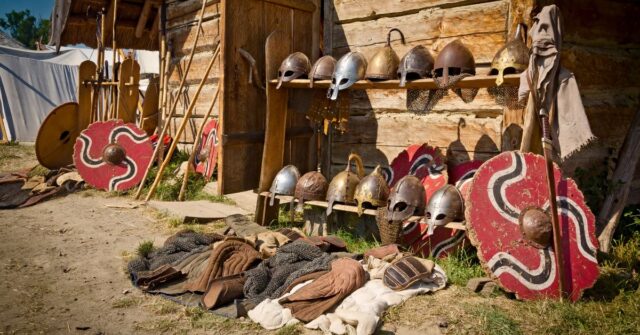
Initial Costs
Metal artifacts often have higher initial costs due to the price of materials and manufacturing. However, their durability and lower maintenance needs can offset these costs over time.
Long-term Investment
Wooden artifacts may require more maintenance, but their potential to appreciate in value and their timeless appeal makes them a worthwhile investment.
Metal artifacts, with their durability and minimal upkeep, also offer good value over time.
Conclusion
Both wooden and metal artifacts have their own strengths and challenges.
Understanding these differences helps in appreciating the craftsmanship of ancient civilizations and in making informed decisions for preservation and study.
Summarizing the Durability and Appeal of Wood vs. Metal
Wood and metal each offer unique benefits and drawbacks. Wood’s warmth and flexibility contrast with metal’s strength and resilience.
Both have left lasting legacies that continue to inform and inspire modern craftsmanship.
Making an Informed Choice
Choosing between wood and metal for artifacts depends on the specific needs and context.
By considering factors such as durability, maintenance, environmental impact, and aesthetic preferences, one can make a well-informed decision that honors the traditions of the past while meeting contemporary standards.

